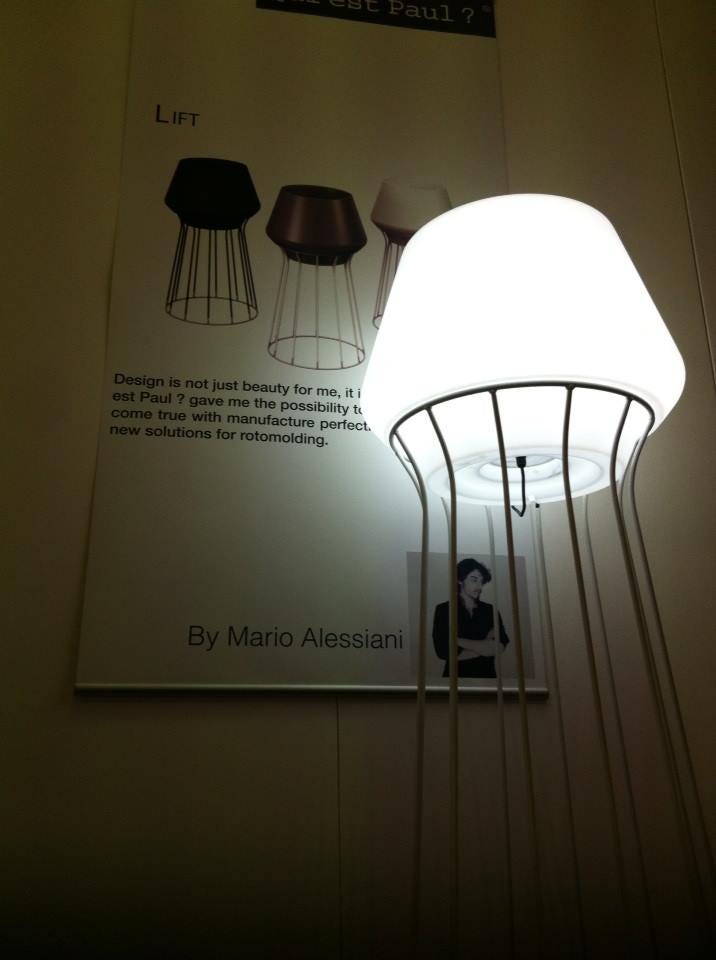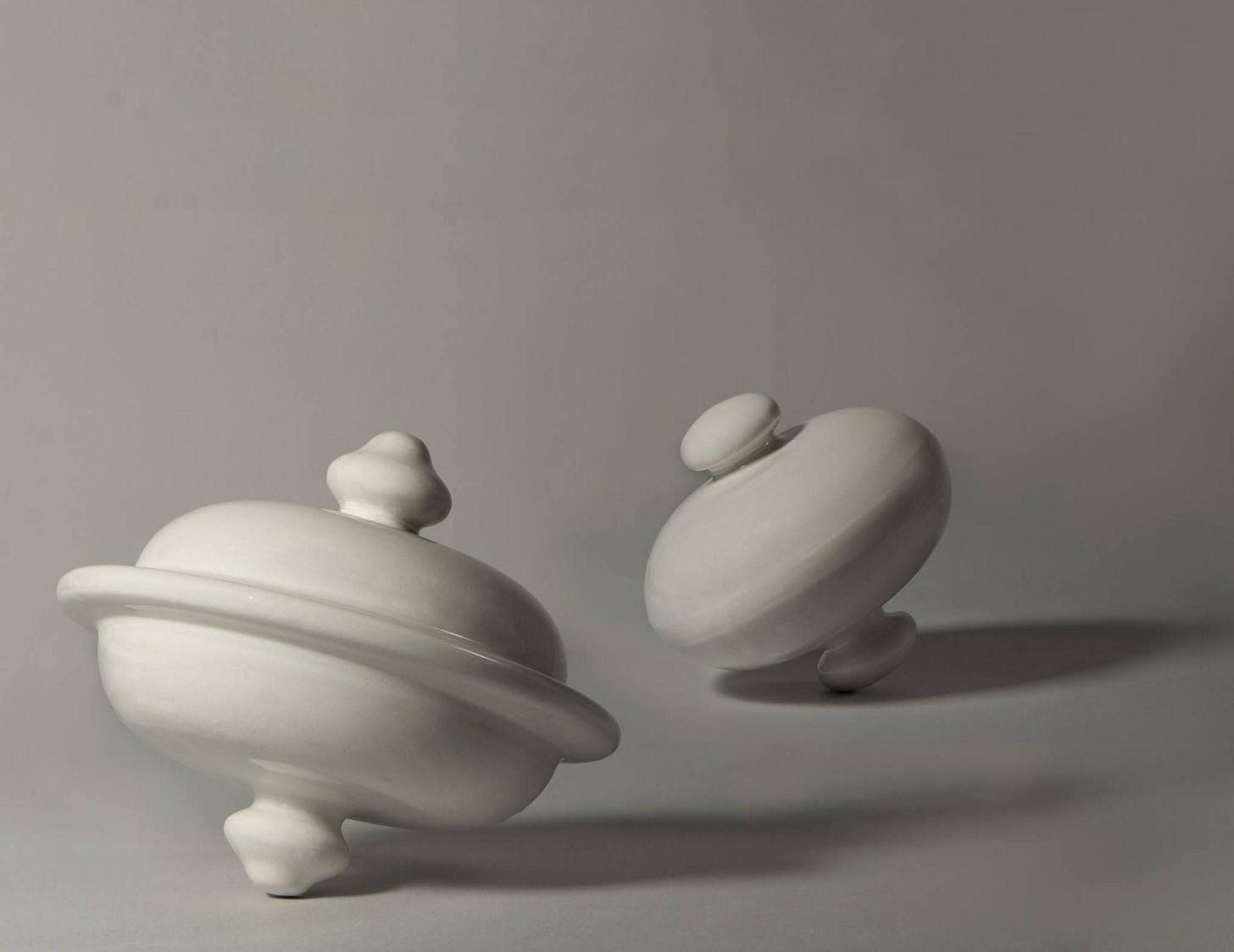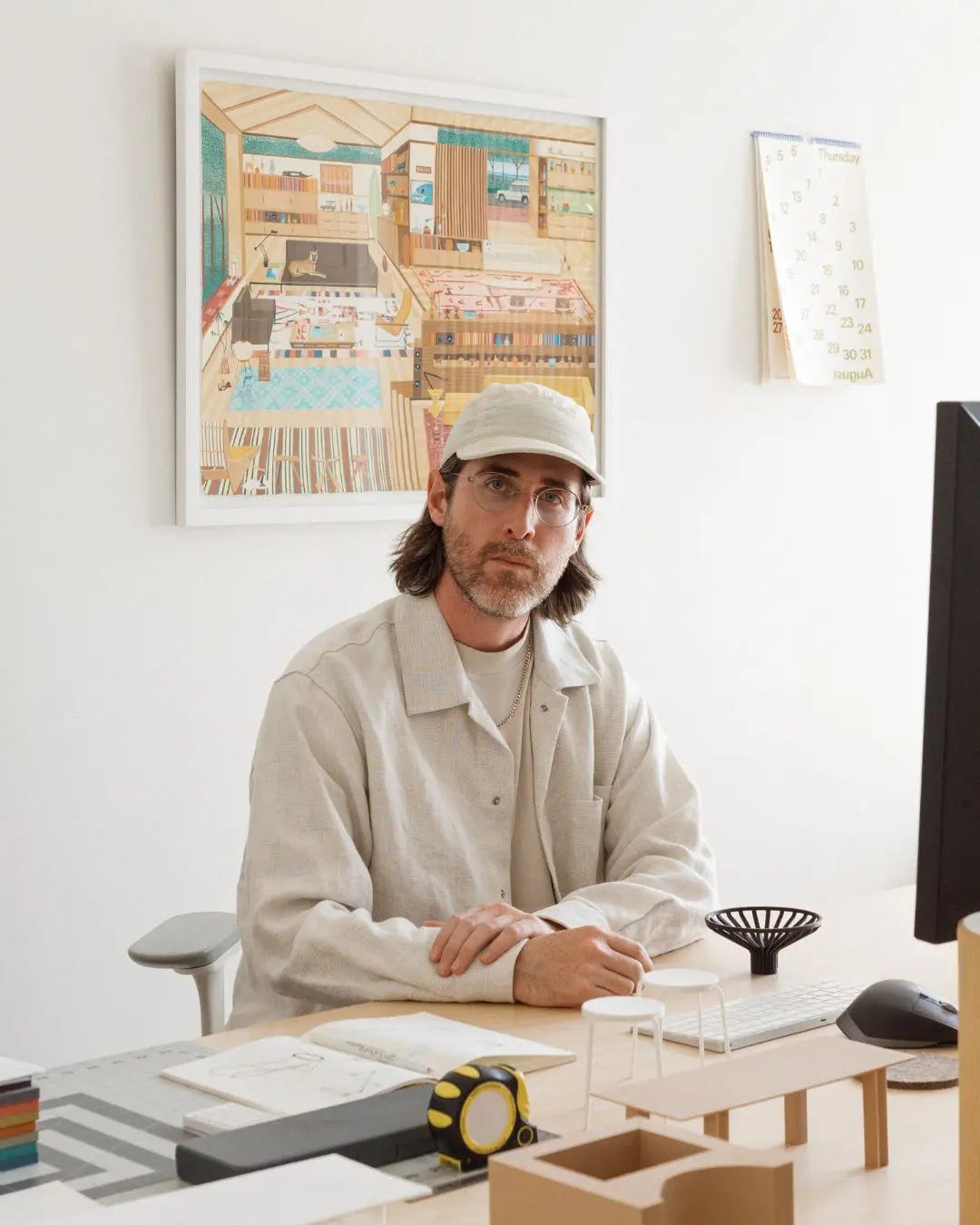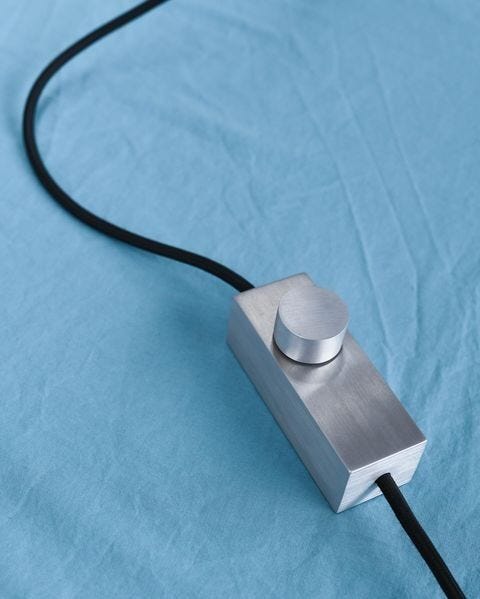How to design for third parties
I want to share some reflections on how many industries generate funds to support their core business and how we, as designers, might apply similar strategies. -Part 1-
Why Design for Third Parties?
I have a design career that started in 2010 when I was still a student (doing internships) and launched my own thing in 2013 working alone and finding the first clients. Since the first day the hardest part of this job was to make money and that wasn’t just my problem, but a drama for my collegues too.

The result of this frustration was that most of the people I knew at the time gravitated toward paths where getting paid was more straightforward—like interaction design (now UX/UI), graphic design, interior design, or teaching. Once you start earning money and building a life in those fields, it’s hard to carve out time to pursue a career as an independent industrial designer.
Over time, I managed to make a living, but the journey was incredibly winding, and I wouldn’t wish it on anyone. There were days I didn’t even have enough money to fuel my car.
What we often see in magazines and on social media paints a misleading picture of what it takes to succeed in design. We’re shown glamorous magazine features, fair appearances, and prestigious collaborations. Naturally, we aspire to that. But when we realize that reaching those heights isn’t so easy, we tend to give up, thinking it's unattainable. What many don’t know is that, behind the scenes, the most important factor in reaching that level is simple: money.
Starting a design career often feels like a game for the wealthy, and this became clear to me when I inquired about the MA fees at the Royal College of Art in London.
The idealized career of those 27-year-old designers who seem to have made it internationally isn’t built by chance. Often, there’s a significant PR machine behind them, pouring money into promoting this “emerging designer” who has invested everything they’ve saved over five years, working 12-hour days, living on canned food and tap water. Some make it, while others fade into obscurity, forced to pivot to something else.
Anyone who has exhibited independently at Milan Design Week knows the costs: €3-4k for prototyping, the same for exhibition space, another €3-4k for PR, plus travel and accommodation. It’s a year’s worth of work and savings for a five-day event full of people with the same dream.
It’s a magical and thrilling experience, chasing the dream, but in reality, it’s not so different from playing at a small music festival, hoping to be discovered and open for AC/DC (forgive the old-fashioned example).
Personally, I never exhibited independently because I didn’t have the funds or desire to take that leap. Instead, I found my own way to build a career.
But the focus here isn’t about how I carved out my path. It's about learning from other industries to establish some structure and rules that can help make this profession financially sustainable, allowing us to concentrate on independent, fulfilling projects.
Over the years, I’ve met many designers who were doing “something else” on the side to support their creative work. There's a well-known design duo (who shall remain nameless) that has a highly profitable deal with a company. They design the company’s entire catalog but remain anonymous, receiving substantial compensation without their names attached to the products. I’ve come across this approach often, especially in manufacturing.
For instance, when you buy supermarket-brand cookies, they’re often made by a well-established brand that dedicates part of its production to third-party products. This strategy is a significant part of their business model, ensuring steady profits.
This concept intrigued me, so I began to explore it in more depth.
In my next newsletter, I’ll dive into how this model might be adapted for industrial design services and whether it holds potential in our industry.
This week has been tough—I caught a terrible flu and spent most of my time in bed.
Here are a few updates:
I’ve been pitching a sofa system that a company evaluated all summer, but they ultimately
declined, saying they’re now looking for “something funny.”I’ve come to appreciate the power of social media, even if I’m not particularly skilled at using it. It started to give back results.
I purchased my first bench power supply to test my light prototypes.
There are a few other projects in the works, but I can’t share the details just yet. Sometimes it feels like I’m working for the CIA, all while I’m just designing a salad bowl.
New articles
I delayed my LinkedIn article because I wasn't quite clear-headed enough to organize my thoughts, but I did manage to publish something with Design Wanted.
The first piece is about Nathan Martell, an incredible designer who has built a unique career. He started by founding a furniture company from scratch and now feels ready to showcase his talents as an independent designer. I’m excited to see what he does next! In the meantime, you can check out his story here:
https://designwanted.com/nathan-martell-part-and-whole/
I also had the pleasure of interviewing the designers behind my favorite collection from Euroluce 2022: Vantot. Esther Jongsma and Sam van Gurp are exceptional lighting designers, and I share their story and design approach in this article:
https://designwanted.com/vantot-lighting-design-process/
A design I like
Let’s discuss something a bit unconventional: the dimmer designed by Frederik Fialin for his lamp collections. As you might have gathered, I have a deep appreciation for independent designers who create their own products. It reflects both bravery and entrepreneurship.
In Europe, there are many talented designers, and this dimmer is a testament to that. When crafting an expensive table lamp, every component matters; you can’t afford to leave anything to chance. By designing the dimmer rather than opting for a cheap alternative, Frederik ensures that every part of the lamp is thoughtfully considered.
When you invest in a designer piece, your sensitivity to detail is heightened, making it an investment in quality. These details contribute to the overall perception of the object and are crucial to the final outcome.
I hope you found this newsletter interesting and I’m open to any feedback or request.
If you are curious about a particular argument, feel free to ask and I’ll do my best to talk about it.
📣 Please join me in spreading the word—not only to share these insights, but also to inspire others to do the same.
The more of us there are, the better it is!
Cheers!
Mario
In case someone has forwarded this email to you, subscribe and join the community of Designer From Nowhere










Love the honesty 🙌 we need more designers speaking openly about the business behind design and establishing sustainable careers